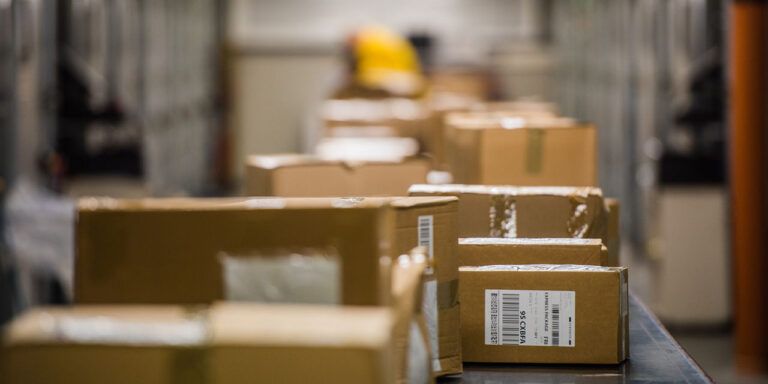Will endless aisles and better supply chain management negate Amazon’s edge?
Feb 4, 2020 • 2 min
The 2019 holiday shopping period has come and gone and we in the retail trade are left to figure out what went right and what didn’t. On the plus side, sales for the season increased by 3.4 percent. Ecommerce was the big winner, posting an 18.8 percent rise compared to the 2018 holiday season and capturing nearly 15 percent of all retail purchases, according to Mastercard’s research division, SpendingPulse.
On the minus side — unless you’re Amazon.com — is that the ecommerce giant had its best holiday season ever, selling more than five million Prime memberships and “tens of millions” of Amazon devices like the Echo Dot. For every retailer other than Amazon, there are at least two very important lessons from the 2019 holiday season: 1) endless aisles can both remediate out-of-stocks and boost cross-selling, and 2) it’s still the supply chain, stupid.
Endless aisles and store staff’s ability to check the back room for stock and arrange for shipping to the customer if it’s not available has become table stakes for nearly every retail channel. Because of ecommerce competitors’ accessibility, there’s high potential to lose orders and customers within seconds of an out-of-stock.
These are intrinsically supply chain management challenges. The initial inclination is often to tackle the risk of out-of-stocks by maintaining high safety stock levels — either in-store or at a nearby fulfillment center. This may ultimately ensure shoppers receive the products they want, but it also fuels overstocks at the seasons end much of which can only be sold at serious discounts with a negative impact on profits and the additional stockholding is a major capital resource drain that hands leverage back to Amazon.
It is critical for retailers to optimize their store replenishment systems and the best way to do that is by leveraging technology. Technologies that make thoughtful use of artificial intelligence and machine learning are already helping to improve the accuracy and ease of demand forecasting — and we can expect similar improvements to retailers’ understanding of customer demand. Modern supply chain solutions are also able to optimize the supply chain planning and operation, adding to the bottom line and funds available to fight the dreaded competition. Without a clear plan for technology deployment, however, Amazon could very well win the 2020 holiday season too.
This article was originally published in RetailWire.


